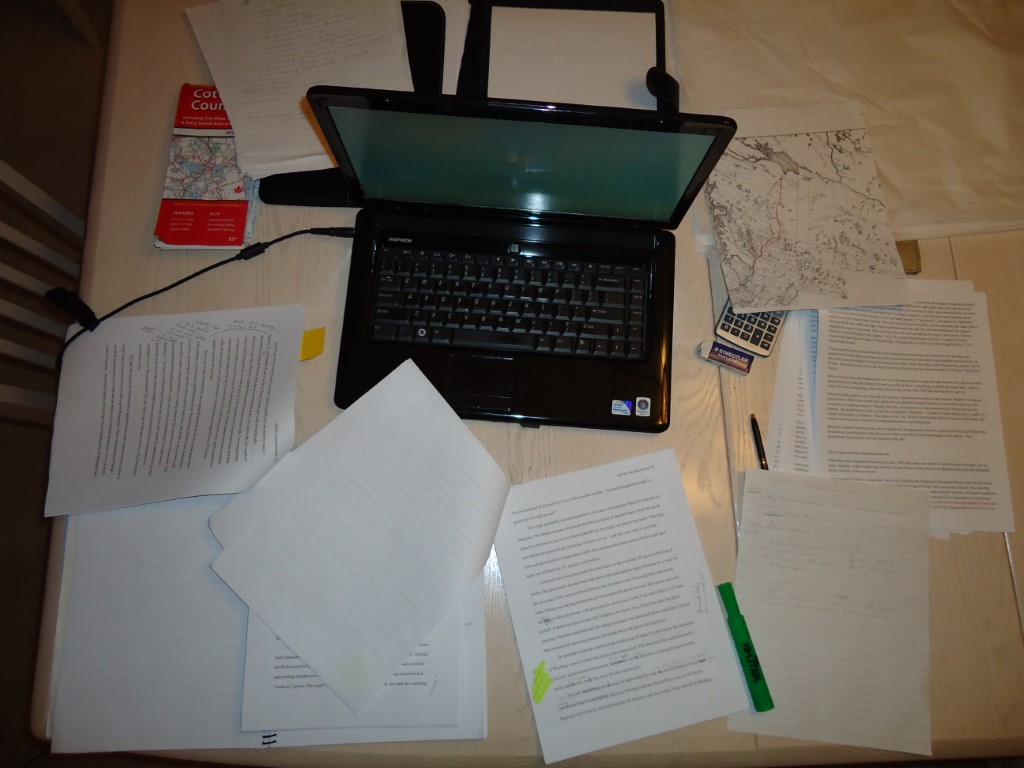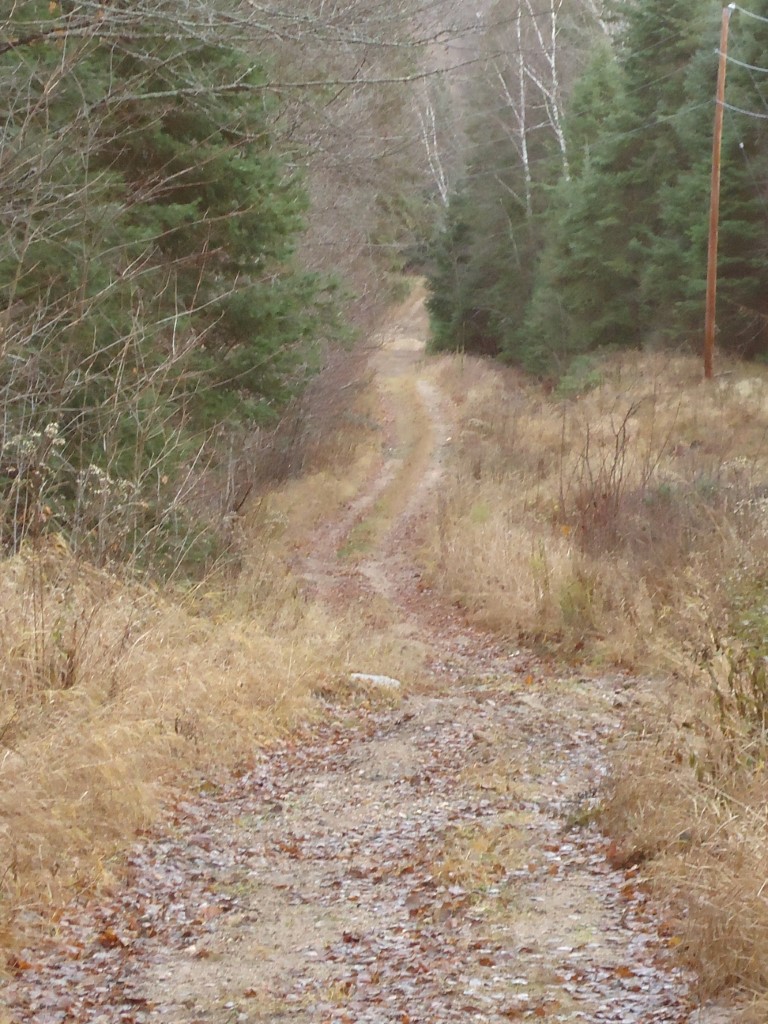REVISING THE MANUSCRIPT PART 3: Stuffing a Rag Doll
I never had a rag doll when I was a little girl; mine was the era of plastic Barbie and Ken. I’ve been thinking, though, that this round of editing is very much like stuffing a rag doll – say, one that is well-loved but getting a bit flabby.
I’m slicing into the manuscript and adding more detail in various parts. Some are at the heart of the story (road elevations, expanded detail about some of the settlements along the way) and some provide additional supporting information (steamboat lines).
Slice, open, stuff, close. My rag doll of a manuscript is fuller now, although maybe a little lumpy. “Editing Part 4” will involve a general review, to make sure the extra padding is all smoothed out and has resulted in a plumped-up, complete story.
Hmmm. Maybe this isn’t like a rag doll after all. Maybe it’s more like Botox Barbie!

